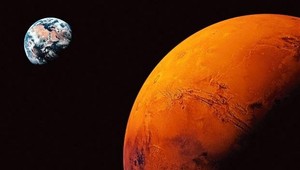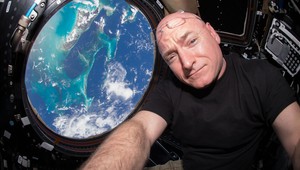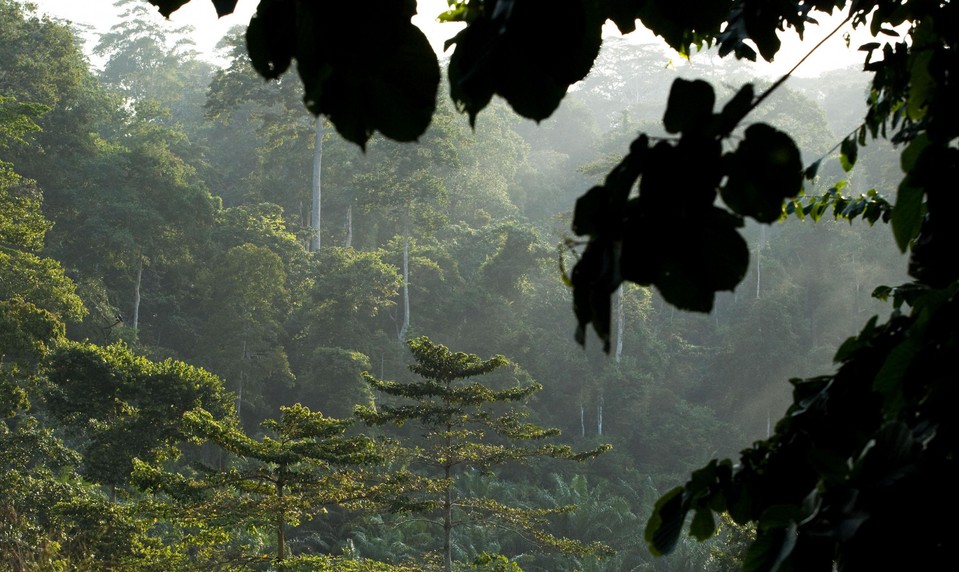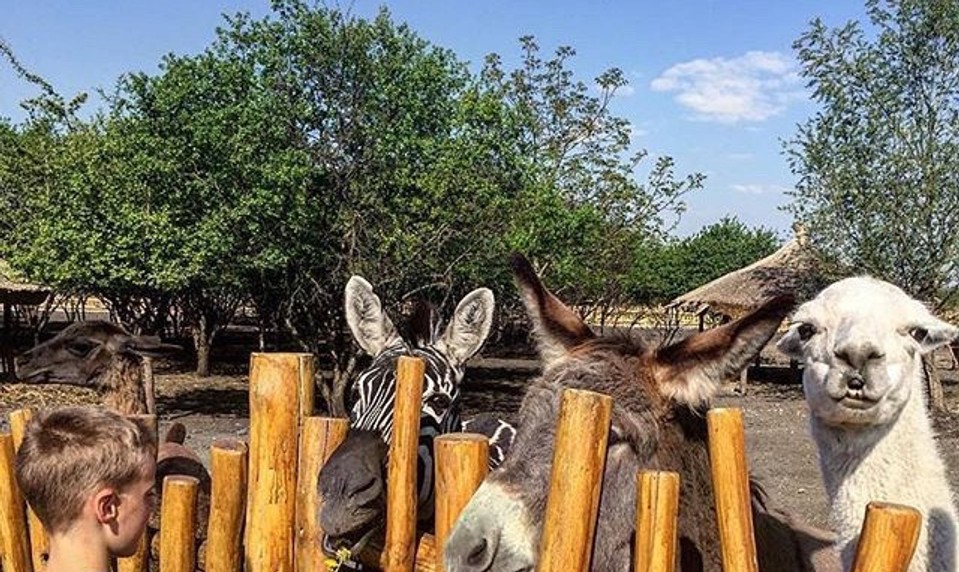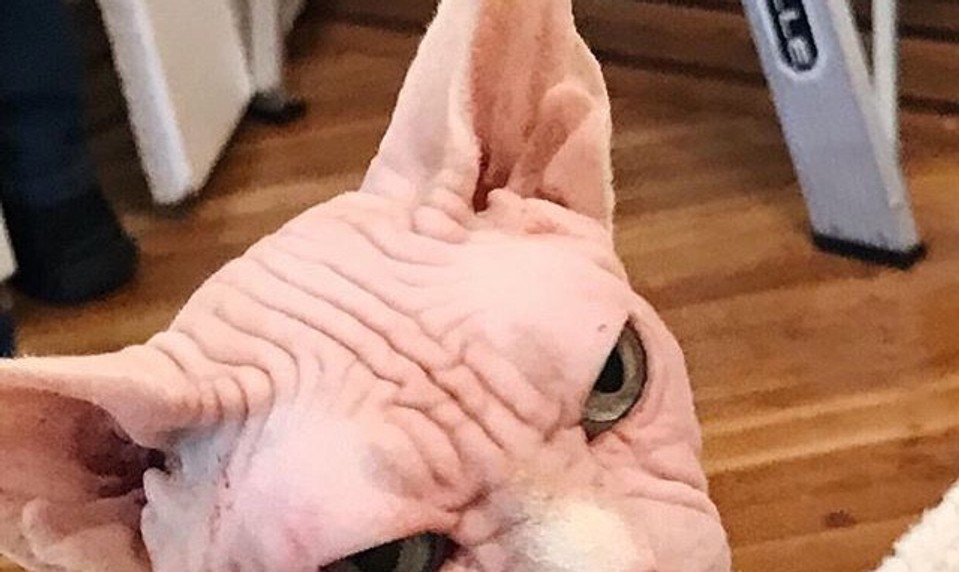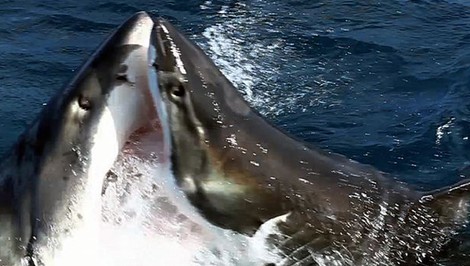
Ďalší vesmírny objav: Neuveríte, čo pozorovali vedci Hubblovým teleskopom
Máte vypnuté reklamy
Vďaka financiám z reklamy prinášame kvalitné a objektívne informácie. Povoľte si prosím zobrazovanie reklamy na našom webe. Ďakujeme, že podporujete kvalitnú žurnalistiku.
Americkí vedci objavili doposiaľ najvzdialenejšiu hviezdu. Je ňou modrý veľobor, ktorý je od Zeme vzdialený 9,3 miliardy svetelných rokov. Pozorovaný objekt nazvali Icarus a na oblohe žiari už 4,4 miliardy rokov.
Icarus leží vo vzdialenej špirálovej galaxii a nachádza sa prinajmenšom stokrát ďalej, ako doposiaľ známe najvzdialenejšie hviezdy. Astronómovia síce objavili viacero galaxií, ktoré sú vzdialenejšie, no ich hviezdy neboli zatiaľ rozpoznané.
Hviezdu, ktorej celé meno je MACS J11492223 Lensed Star-1, objavili vedci vďaka Hubblovmu vesmírnemu teleskopu. Svetlo, ktoré z nej pozorovali, bolo z hviezdy vyžiarené zhruba 4,4 miliardy rokov po Veľkom tresku. Modrí veľobri patria k najjasnejším hviezdam vo vesmíre a sú pomerne vzácne. Icarus je asi miliónkrát žiarivejší ako Slnko a zhuba dvakrát tak žeravejší.






